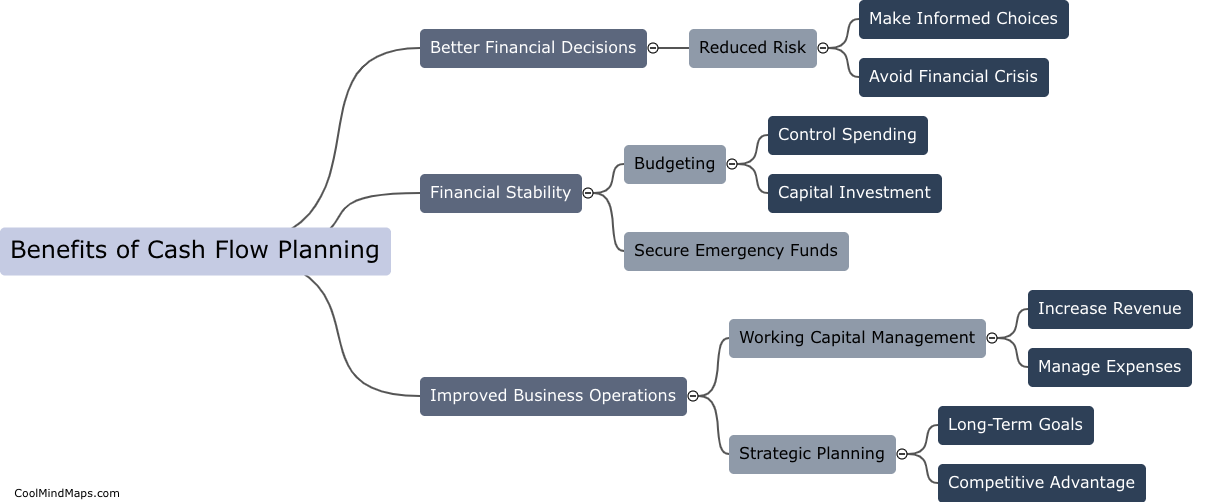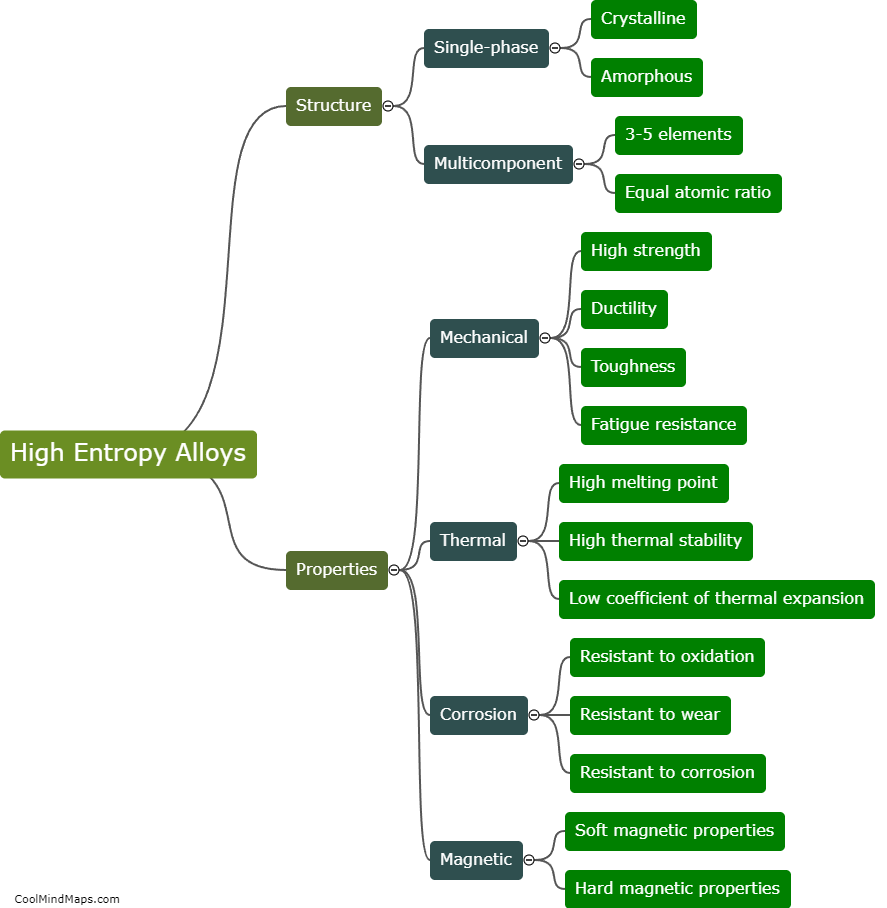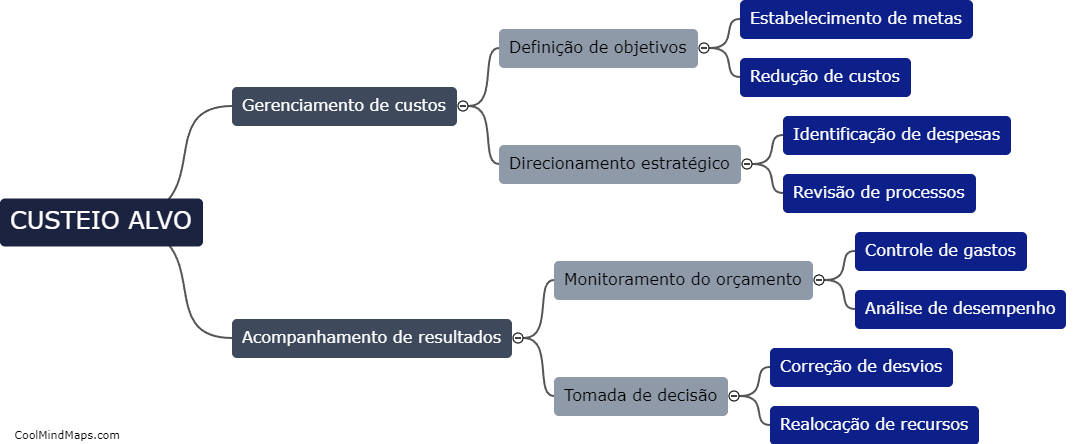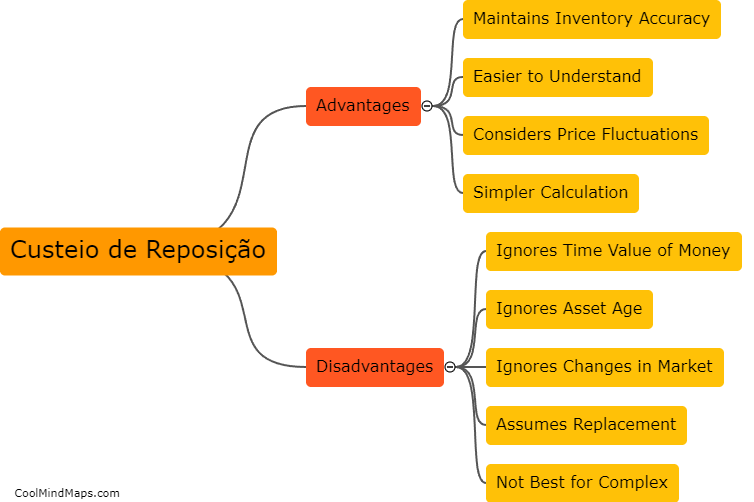How are planets classified?
Planets are classified based on various criteria including their composition, size, orbit, and distance from the sun. The International Astronomical Union (IAU) has classified planets into two main types: terrestrial planets (small, rocky planets) and gas giants (large, gaseous planets). Terrestrial planets include Mercury, Venus, Earth, and Mars, while gas giants include Jupiter, Saturn, Uranus, and Neptune. In addition, dwarf planets are also classified, being smaller than terrestrial planets, and include Pluto, Ceres, Eris, Haumea, and Makemake. The classification of planets is an ongoing process as new discoveries are made and scientific understanding of the universe evolves.
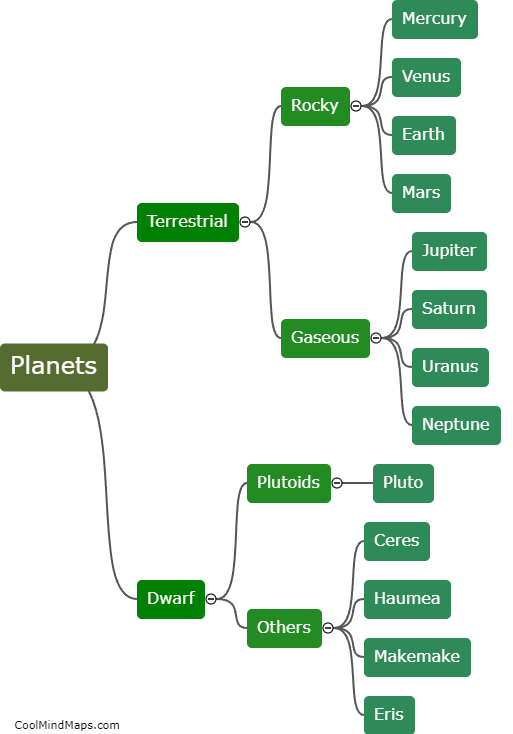
This mind map was published on 14 June 2023 and has been viewed 59 times.


